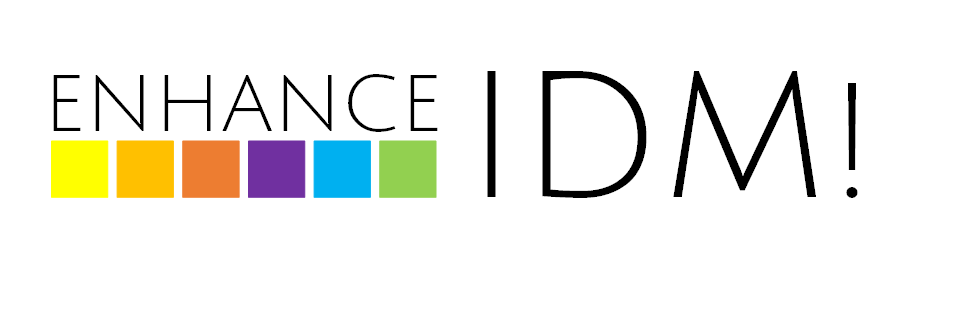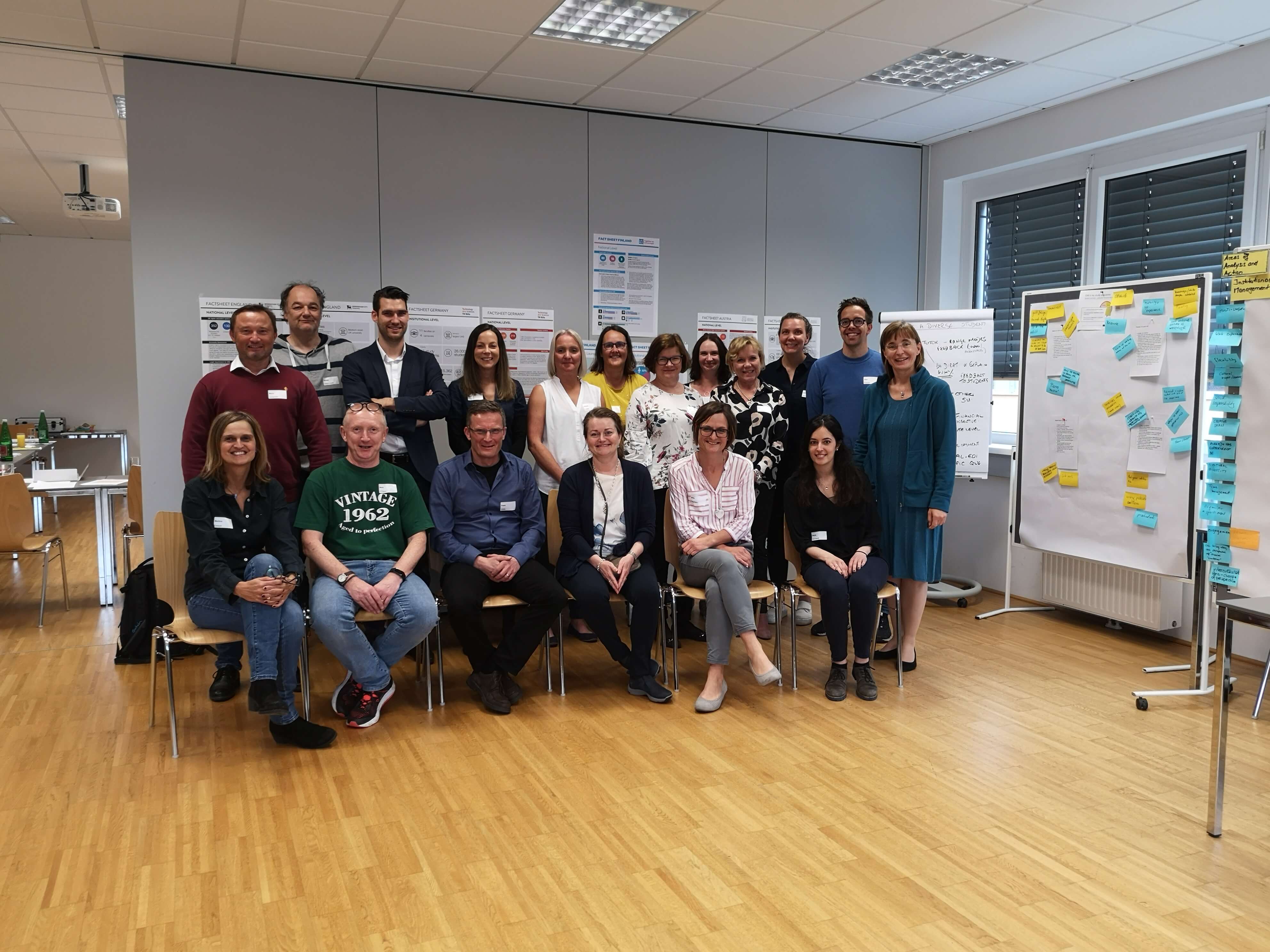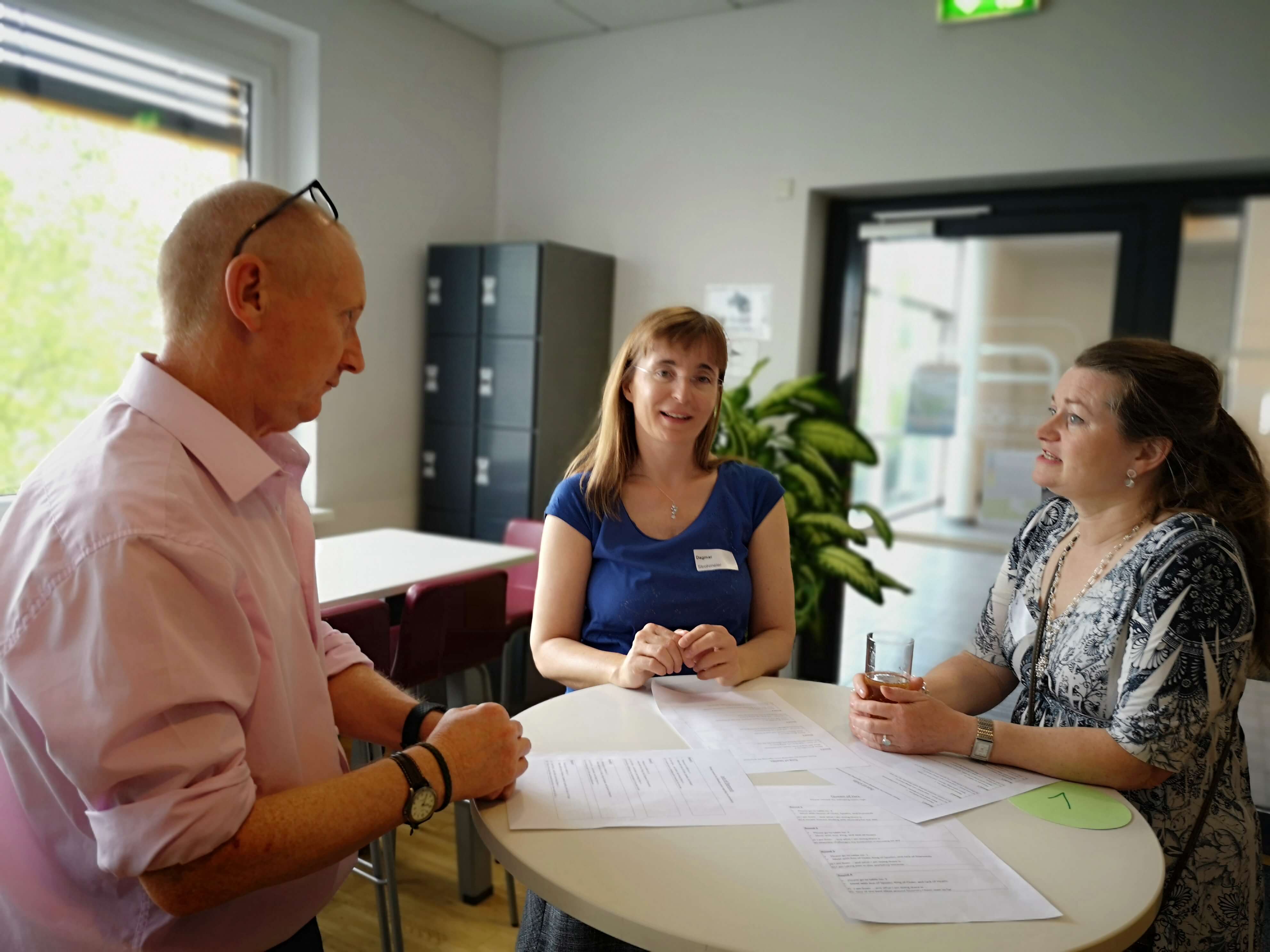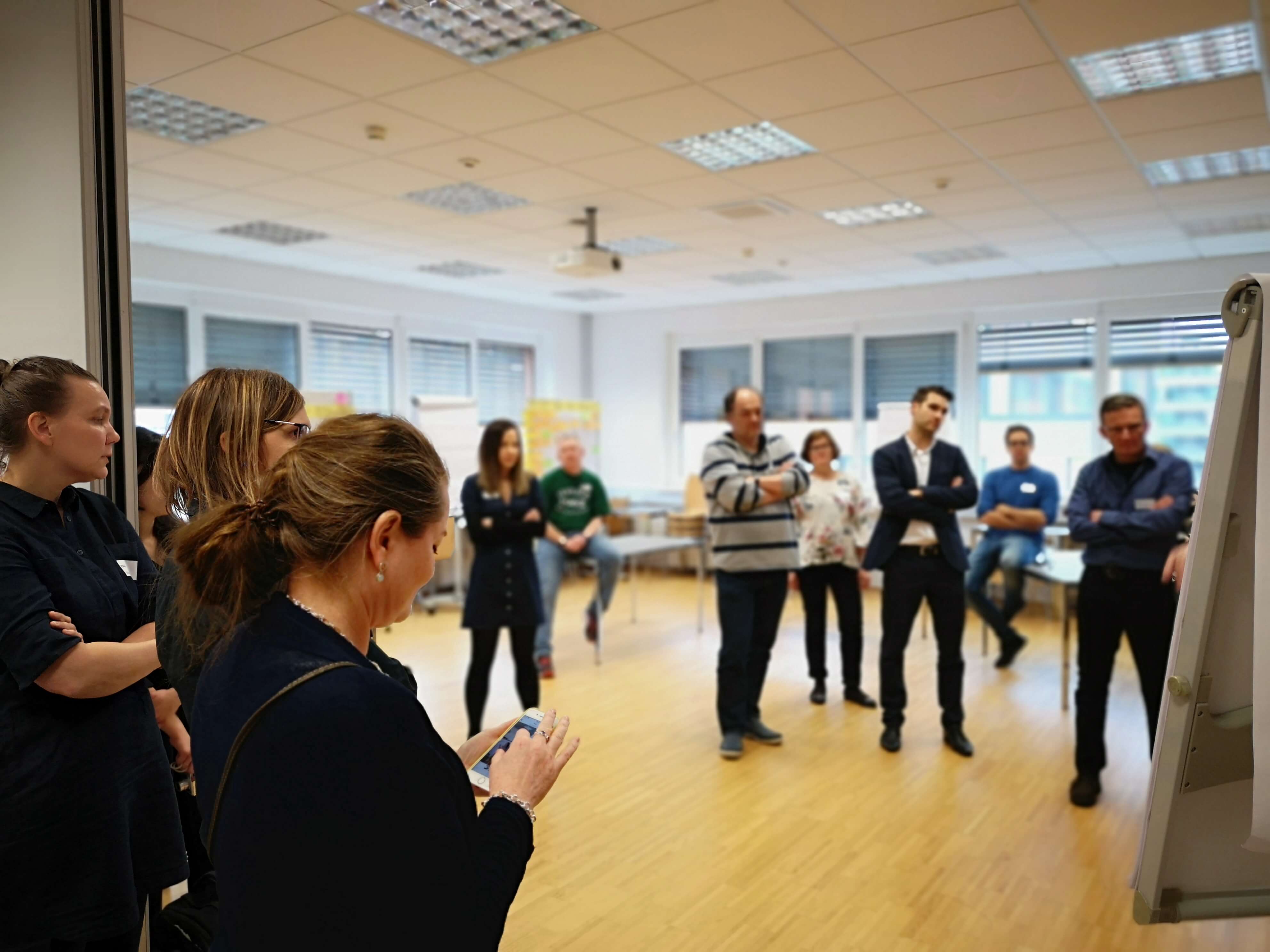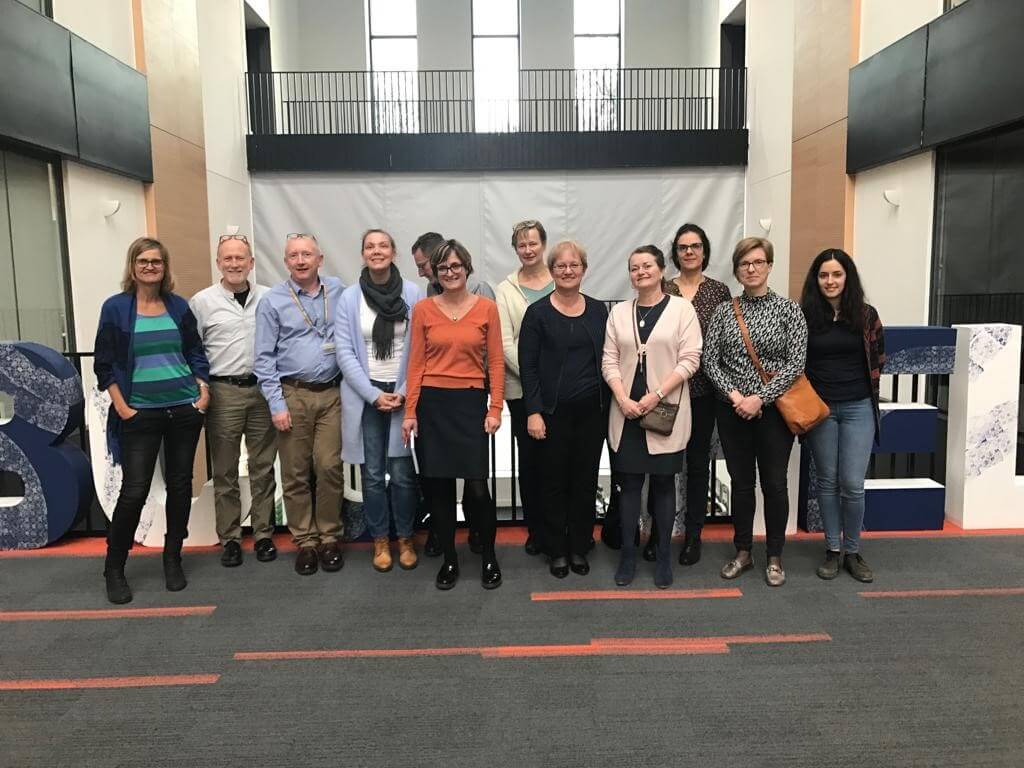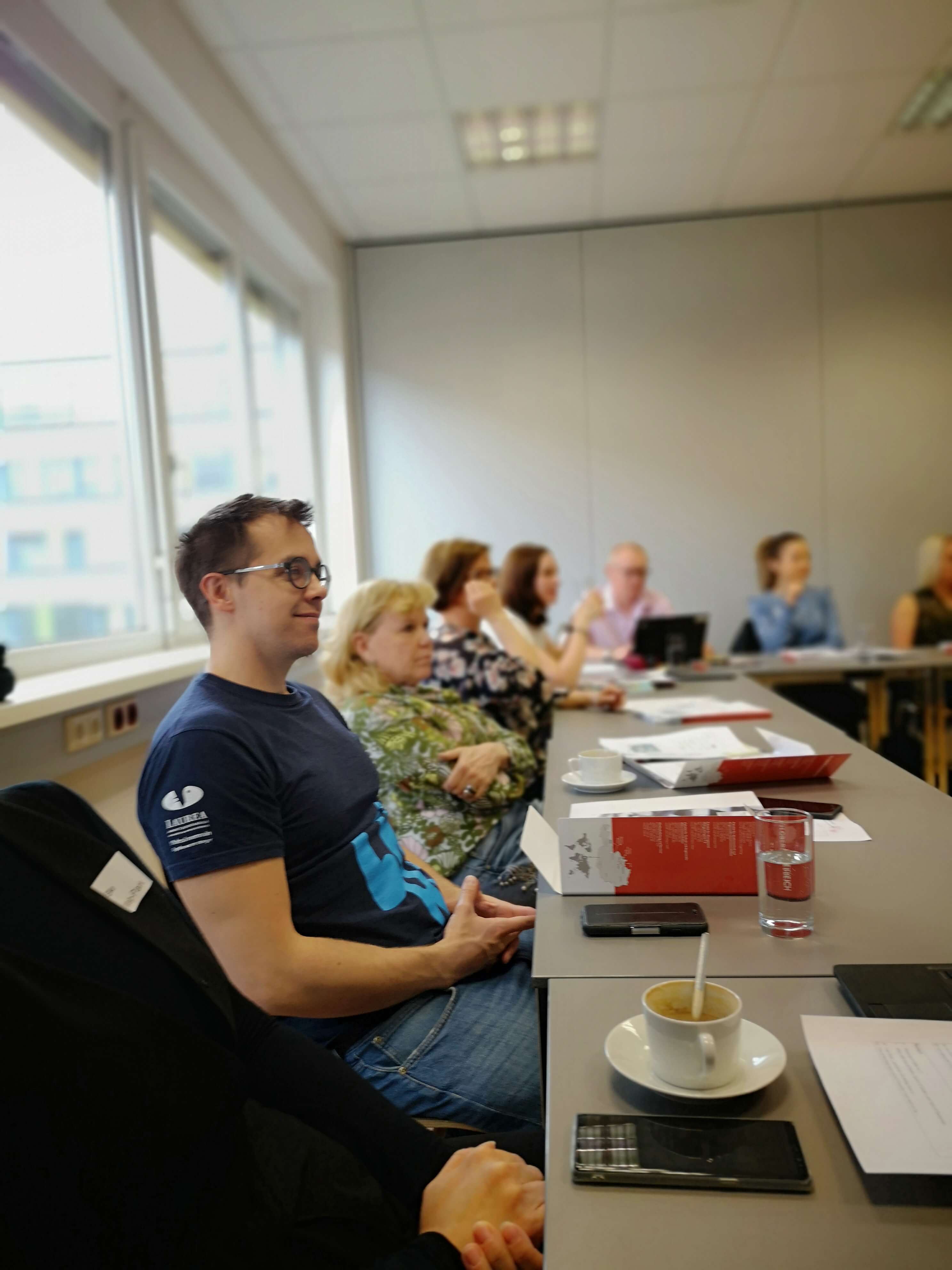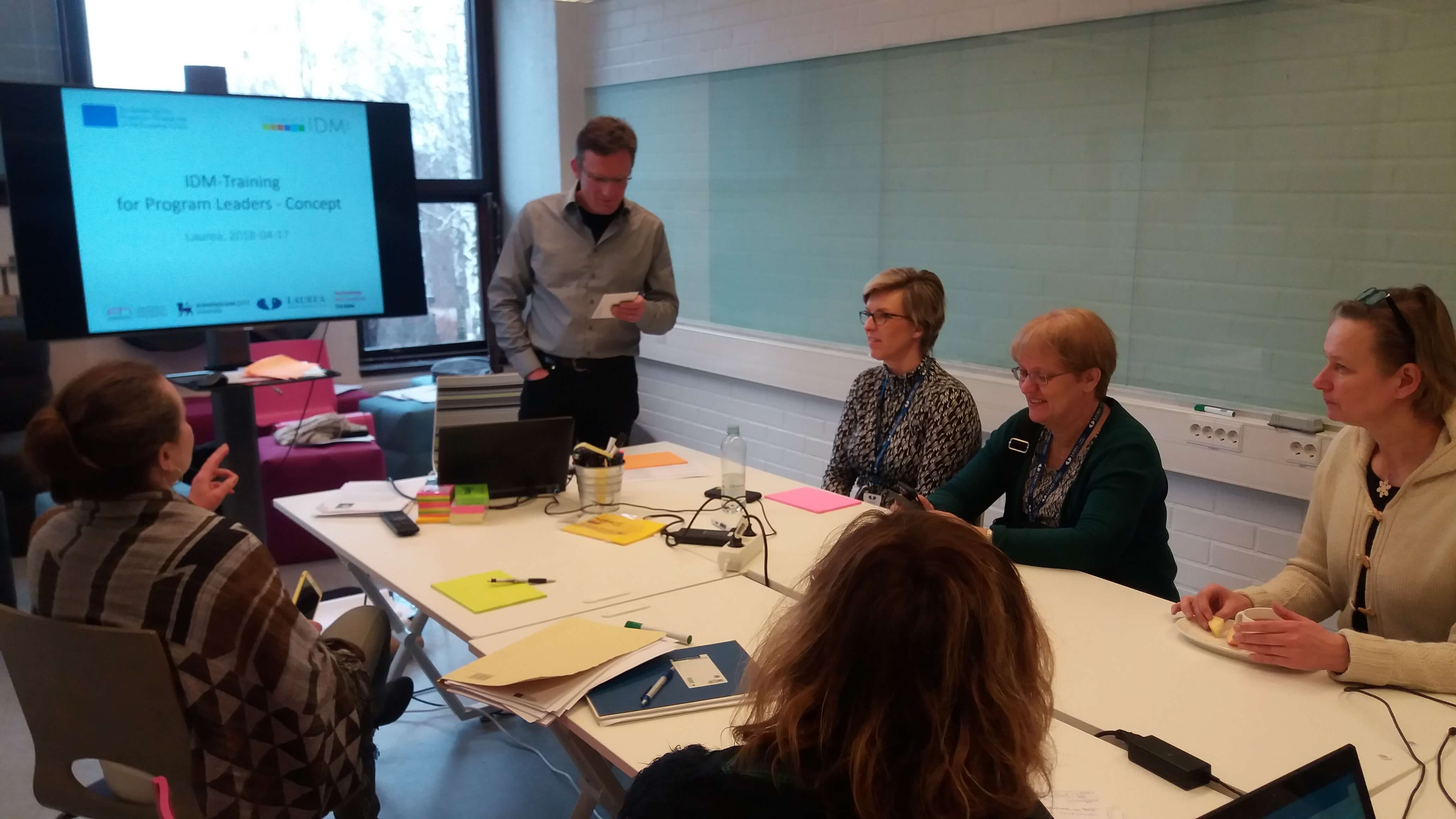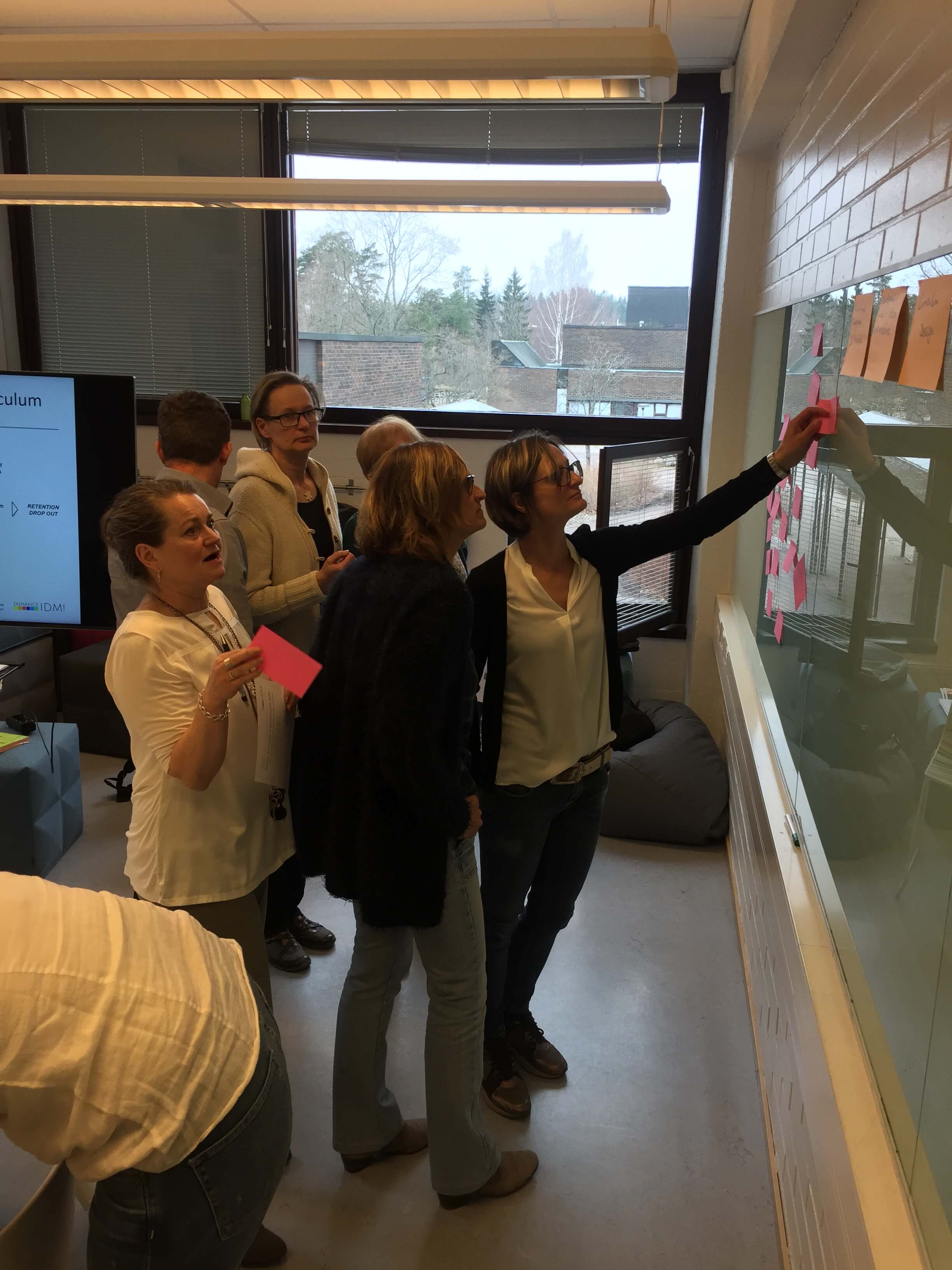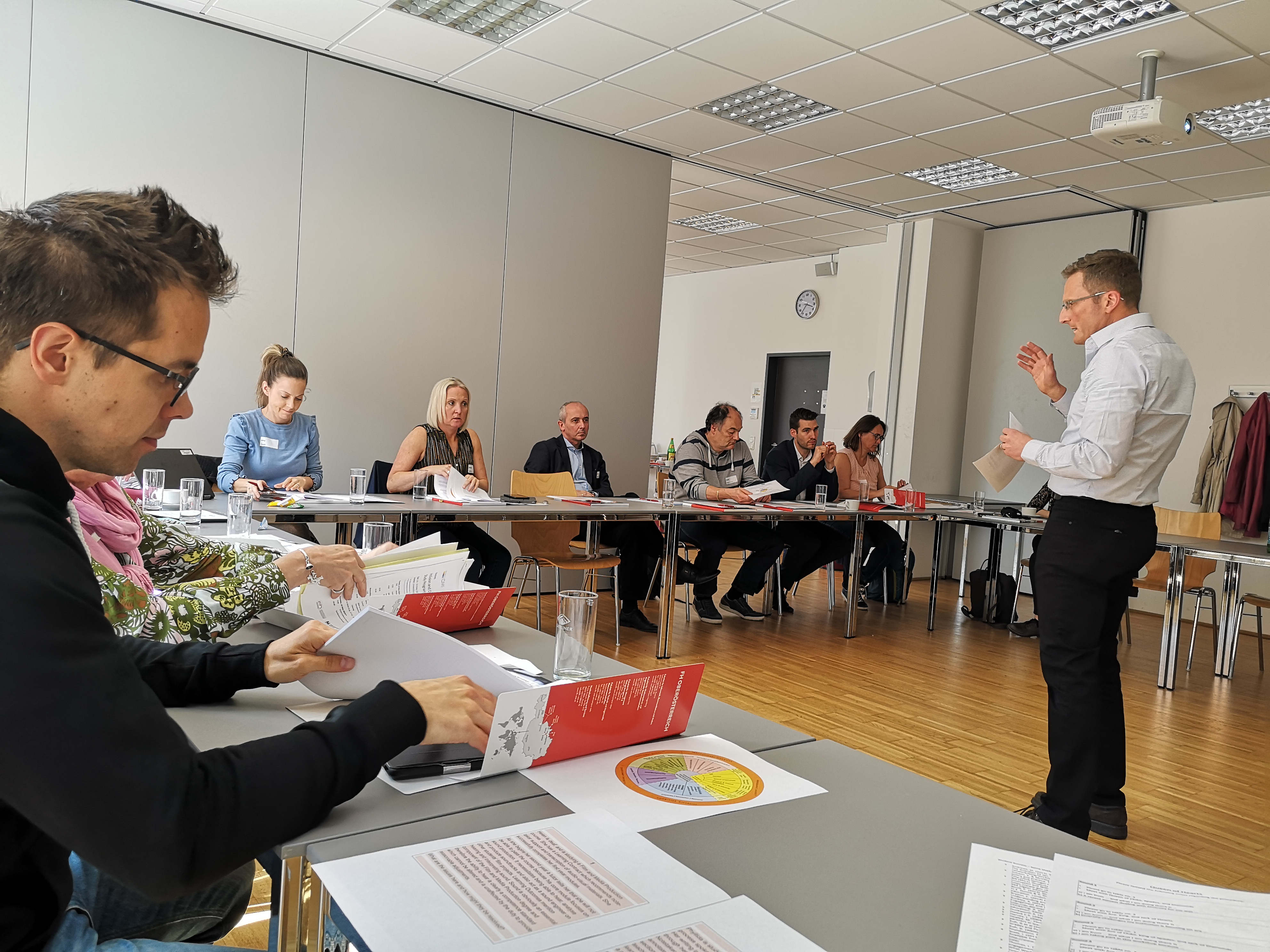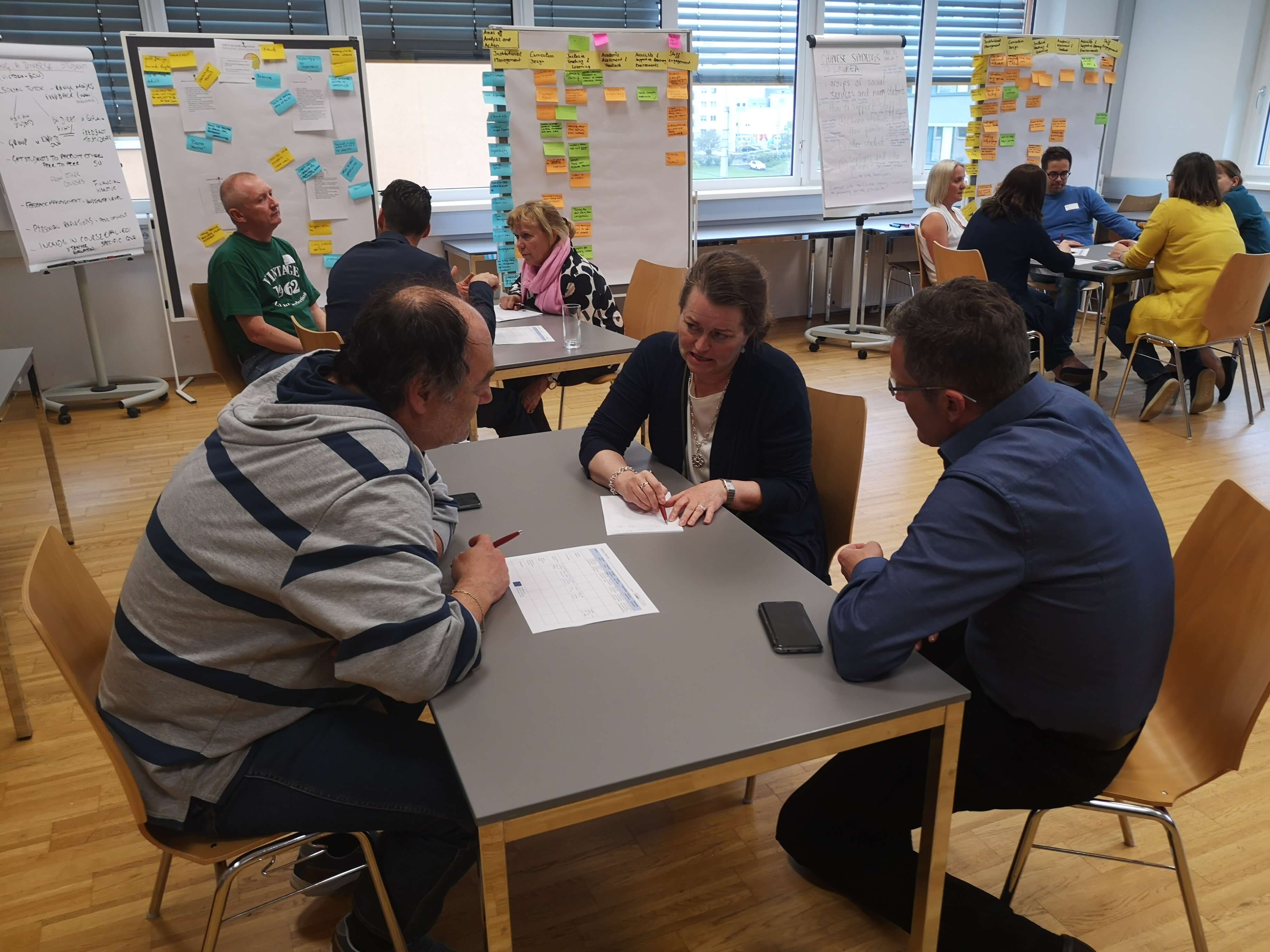“Enhance IDM!” is working on training and development materials to promote more inclusive practices amongst Programme Leaders in Higher Education.
In line with the Austrian Strategy on the Social Dimension the objectives of the project are twofold. Firstly, the project aims to raise awareness among this key staff group in higher education institutions by enhancing their competences in relation to inclusion and diversity management (IDM). Secondly, the project aims to foster an enhanced learning and teaching experience for all students by helping to reduce drop-out rates and boosting student success.
Target group: Study Programme Leaders
Programme Leaders play a vital role in ensuring the quality of the student experience and are usually right at the heart of that experience. Programme Leaders supervise and regulate access to their programmes, they are responsible for the design and implementation of (inclusive) curricula, they retain personal contact with students and are aware of their problems in navigating the curriculum and in the classroom. Further, they act as supervisors to teaching and administrative staff. Programme leaders thus occupy a central position regarding access and retention of non-traditional students or underrepresented groups in tertiary education. Ultimately, this group of academic middle managers has far-reaching potential to create more inclusive study environments.
